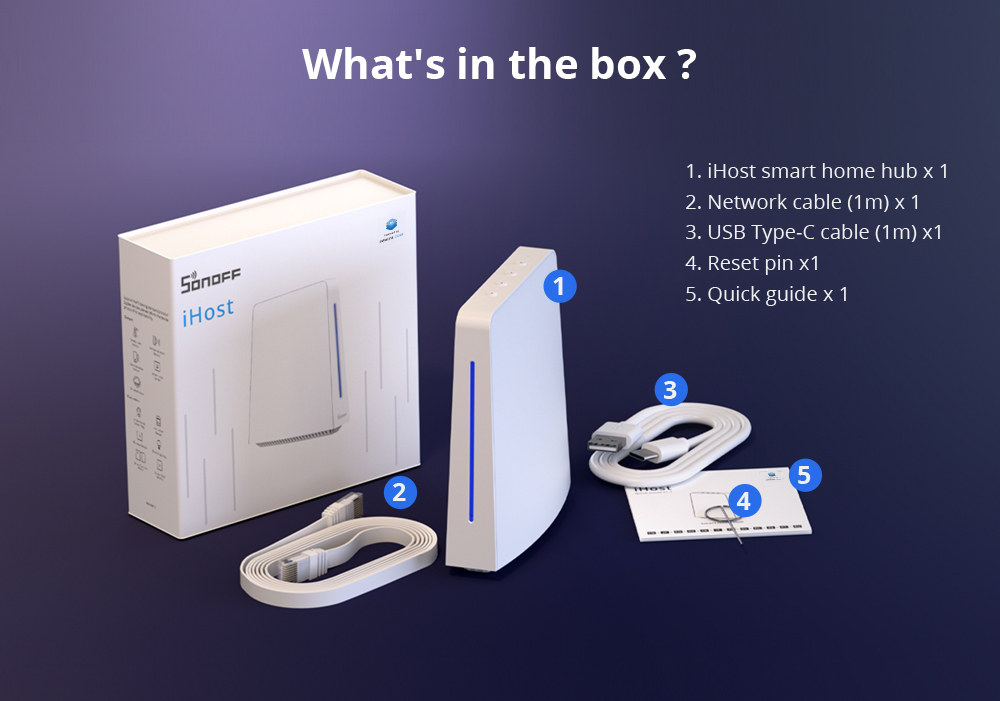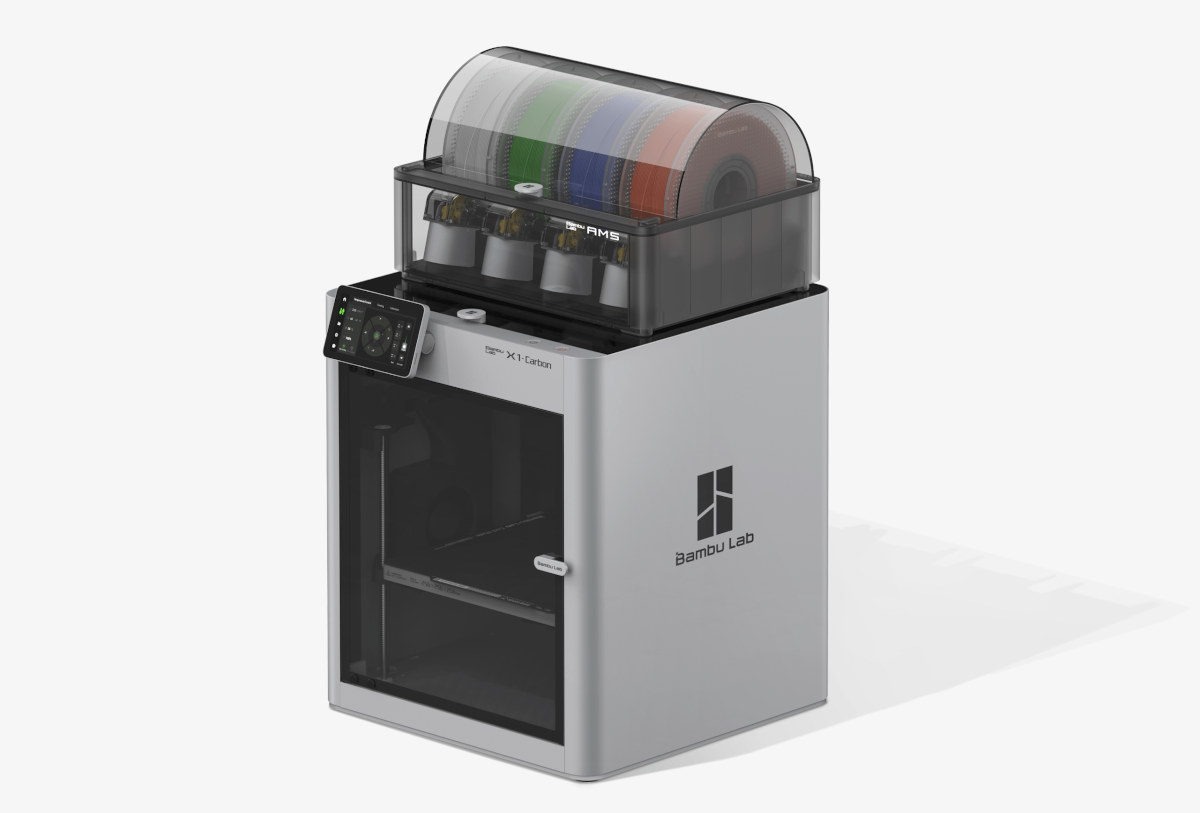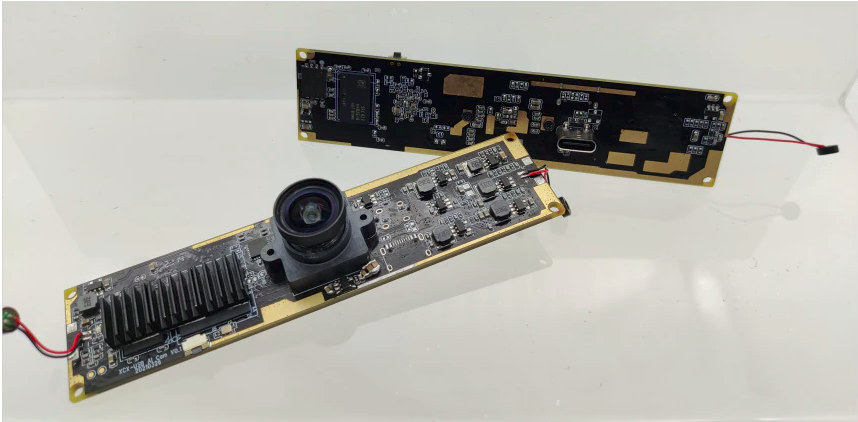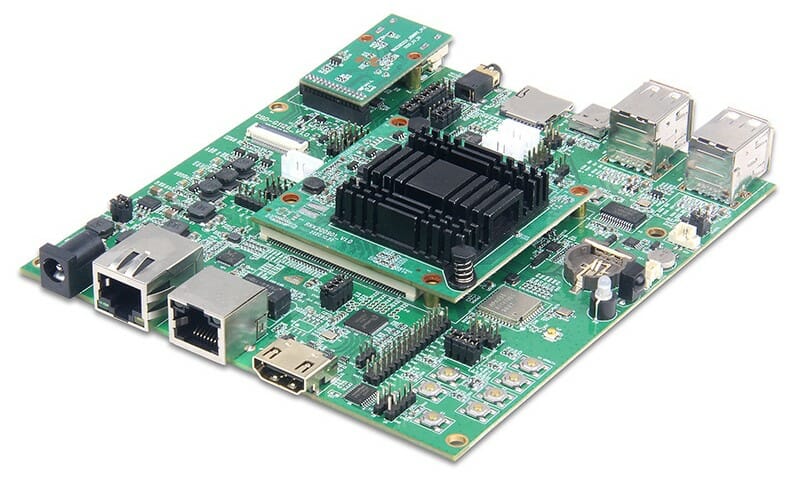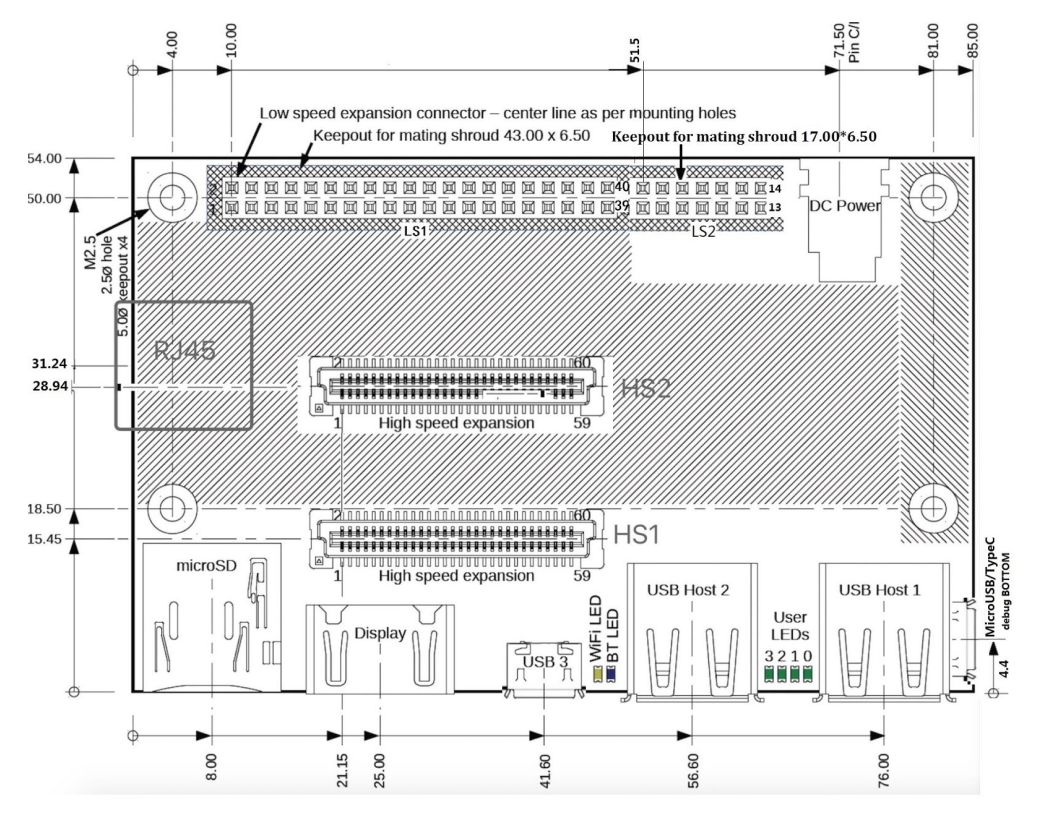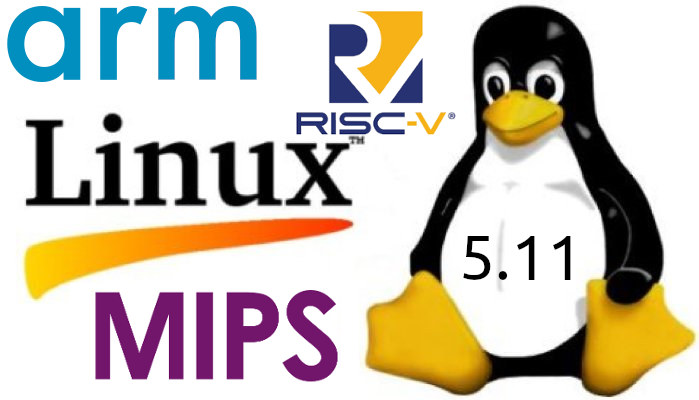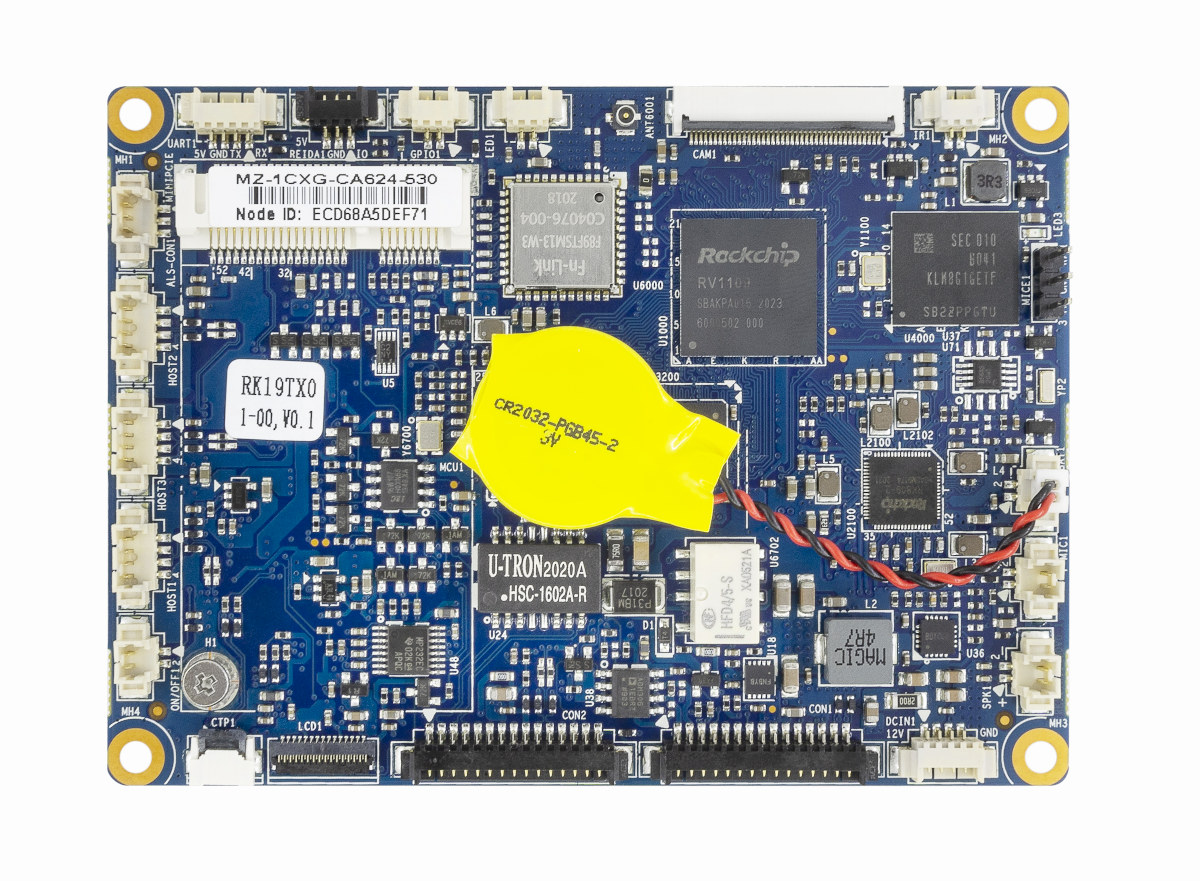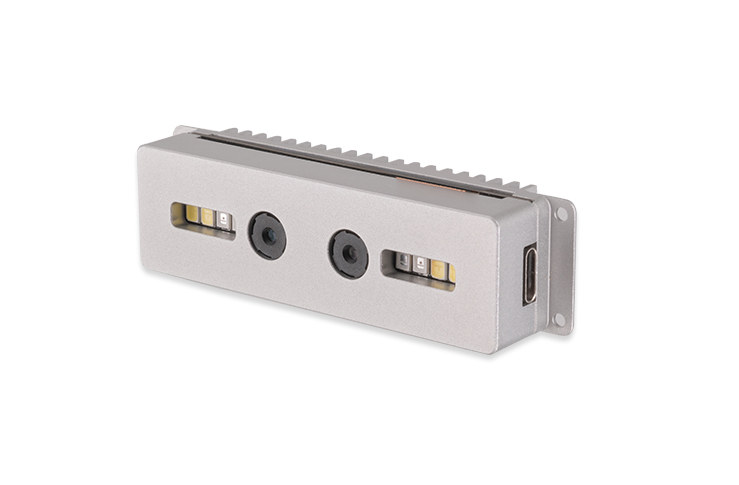SONOFF iHost is a Smart Home Hub that enables local control of SONOFF smart switches, lightbulbs, Zigbee sensors, and so on without having to require a connection to the cloud (e.g. eWelink). Future software upgrades will also add more devices such as the ones flashed with Tasmota firmware and any device compatible with the Matter IoT protocol. The gateway is based on either a Rockchip RV1109 SoC with 2GB RAM or a Rockchip RV1126 with 4GB RAM and offers 10/100M Ethernet, WiFi, Bluetooth LE, and Zigbee 3.0 connectivity, as well as a USB 2.0 port to allow for more connectivity. SONFF iHost Smart Home Hub specifications: SoC and Memory Rockchip RV1109 dual-core Arm Cortex-A7 @ 1.5 GHz with RISC-V MCU @ 400 MHz, 2D graphics engine, 1.2 TOPS NPU, 5MP H.264 and H.265 hardware video decoder and encoder, and 2GB DDR4 Rockchip RV1126 quad-core Arm Cortex-A7 @ 1.5 GHz with […]
Bambu Lab X1 – A color 3D Printer with LIDAR and AI for improved accuracy, ease of use (Crowdfunding)
3D printing can be time-consuming and challenging, and even today, it’s still not as easy as using a photocopier, but the team at Bambu Lab has taken it upon itself to make a better, easier-to-use 3D printer with the X1 color 3D printer combining LIDAR and AI technology to level the bed, calibrate the prints, and detect anomalies. The Bambu Lab X1 3D printer supports up to 16 colors, is making removing support easier with snap-away material or dissolvable filament, can handle PC and PA-CF filaments beyond the traditional PLA and PETG filaments, manage up to 500 mm/s prints, and provides better prints with features such as active vibration compensation. Oh, and you don’t need to assemble it, since it comes fully assembled and ready to use out of the box. There are two models of the 3D Printer with X1 and X1 Carbon with the latter featuring more sturdy […]
4K USB AI camera is powered by Rockchip RV1126 SoC with 2.0 TOPS NPU
ThinkCore TC-RV1126 is a USB AI camera powered by Rockchip RV1126 quad-core Cortex-A7 processor with a 2.0 TOPS NPU and equipped with a Sony Starvis IMX415 CMOS image sensor with 4K resolution (3840 x 2160). The Linux-powered camera module features a USB Type-C port compatible with UVC & UAC protocols so that it can work without drivers on Windows, Android, Linux, Mac OS, and most other operating systems with a USB stack. TC-RV1126 camera specifications: SoC – Rockchip RV1126 quad-core Arm Cortex-A7 @ 1.5 GHz + RISC-V MCU @ 400 MHz, 2D graphics engine, 2.0 TOPS NPU with support for INT8/ INT16, 14M ISP System Memory – 2x DDR3 chip (128M x 16), so that should be 512MB RAM (TBC) Storage – 1 Gbit (128MB) SPI NAND flash Camera Image sensor – Sony Starvis IMX415 1/2.8-inch 8MP CMOS sensor with night vision Capture up to 3840×2160 @ 30 fps Supported […]
Geniatech DB1126 development board features RV1126 SoC for AI applications
Since the release of Rockchip RV1126 SoC, we have covered the detailed specifications on the chip and the RV1126-based Firefly dual-lens AI camera module. To take advantage of hybrid MCU cores from ARM and RISC-V, Geniatech has announced the DB1126 development board, a new addition to their long list of ARM Embedded developer boards designed to tackle any task requiring artificial intelligence. The new Developer Board 1126 development board gets its name from Rockchip RV1126 SoC with a quad-core ARM Cortex-A7 and RISC-V MCU and a neural network acceleration with performance up to 2.0 TOPS that support INT8/ INT16. As the company says, “DB1126 is a high-performance, versatile, high-computing (2TOPS) general-purpose, intelligent integrated carrier board + core board.” The board is not just a simple development board but also a carrier board with a core board connected via a board-to-board (BTB) double groove connection. Geniatech has provided the DB1126 development […]
96Boards Consumer Edition Specification v2.0 adds Ethernet, PCIe, expansion connectors
Linaro’s 96Boards specification was first introduced in 2015 with the launch of Hikey SBC following 96Boards CE specification, which CE standing for Consumer Edition. The standard would define mechanical, electrical, and software requirements to create an ecosystem of low-cost, expandable, compatible, and well-supported boards. The software requirements were never very well followed, and while the hardware would usually be compliant, some complained about the specifications themselves notably with the lack of Ethernet for the standard version of the 96Boards CE SBC. Linaro has now announced the updated 96Boards CE specification 2.0 that adds ports location for optional Ethernet and PCIe Ethernet connector among other things. The minimum hardware requirements remain the mostly same, except for a few tweaks: Ultra-small low-profile form factor – 85x54x12 mm Extended Version: 85x100x12mm Design is SoC independent (targets 32- and 64-bit SoCs) 0.5 GB RAM (Minimum 4GB recommended for Android) MicroSDHC Socket for up 64GB […]
Linux 5.11 Release – Main Changes, Arm, MIPS & RISC-V Architectures
Linus Torvalds has released Linux 5.11 just in time for… “Valentine’s Day”: Nothing unexpected or particularly scary happened this week, so here we are – with 5.11 tagged and pushed out. In fact, it’s a smaller-than-average set of commits from rc7 to final, which makes me happy. And I already have several pull requests lined up for tomorrow, so we’re all set for the merge window to start. But in the meantime – and yes, I know it’s Valentine’s Day here in the US – maybe give this release a good testing before you go back and play with development kernels. All right? Because I’m sure your SO will understand. Linus Last time around, Linux 5.10 was an LTS release that added EXT-4 performance enhancements, improved post-Spectre performance, as well as the enablement of BCM2711 (Raspberry Pi 4) display pipeline, among other many changes. Some of the notable changes in […]
Rockchip RV1109 SBC’s provide access control solutions with optional 4G LTE connectivity
We’ve been writing about Rockchip RV1109 and RV1126 AI camera SoC’s in recent days, as well as evaluation boards and modules, plus some complete solutions such as Firefly dual-lens AI camera modules. Shenzhen-based JWIPC, a company specifically in embedded PCs and motherboards, has designed three SBC’s powered by Rockchip RV1109 processor especially designed for access control, leverage the face detection capabilities of the Rockchip processor. The three access control boards are: R19S – Standard 100x72mm Pico-ITX board with industrial grade materials, support for wide temperature, hardware watchdog, and “rich peripheral interface”. R19F- Same as R19S, but with a mini PCIe socket for a 4G LTE module, plus a SIM card slot R19N – Similar to R19S with a narrower 100x60mm design JWIPC R19 boards share most of the same hardware key features and specifications: SoC – Rockchip RV1109 dual-core Arm Cortex-A7 @ 1.5 GHz, plus RISC-V MCU @ 400 MHz, […]
Firefly dual-lens AI camera module comes with Rockchip RV1109 or RV1126 processor
We’ve very recently written about Rockchip RV1126 quad-core Cortex-A7 processor designed AI cameras thanks to a 2.0 TOPS AI accelerator together with its little dual-core brother: RV1109. We’ve also found some RV1109 and RV1126 evaluation boards, but prices were in the hundreds of dollars. It was then brought to our attention than the upcoming MAIX-III board would feature RV1126 at a more affordable cost, but it turns out there’s no need to wait as Firefly has just launched a dual-lens AI camera module based on either Rockchip RV1109 or RV1126 for under $100 with respectively CAM-C1109S2U and CAM-C1126S2U models. Both version of the modules have the same specifications except for the processor: SoC (one or the other) RV1109 SoC with CPU – Dual-core Arm Cortex-A7 @ 1.5 GHz + RISC-V MCU @ 400 MHz GPU – 2D graphics engine NPU – 1.2 TOPS with support for INT8/ INT16 VPU Encoder […]


